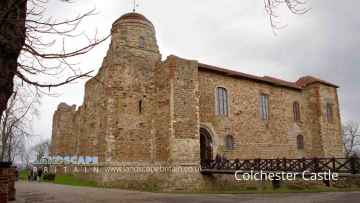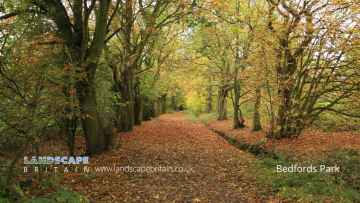Coggeshall
Coggeshall is a Town in the county of Essex.
There are great places to visit near Coggeshall including some great towns, castles, woodlands, airports, historic buildings, cities, villages, country parks, shopping centres, parks and nature reserves.
Coggeshall's best nearby towns can be found at Colchester, Epping, Maldon, Southend-on-Sea, Saffron Walden, Braintree, and Basildon.
The area around Coggeshall's best castles can be found at Colchester Castle.
Epping Forest, and Bedfords Park are some of Coggeshall best woodlands to visit near Coggeshall.
The area around Coggeshall boasts some of the best airports including London Southend Airport, and London Stansted Airport.
Don't miss Audley End House and Gardens, and Chelmsford Cathedral's historic buildings if visiting the area around Coggeshall.
Cities to visit near Coggeshall include Chelmsford.
Don't miss Hatfield Peverel's villages if visiting the area around Coggeshall.
Don't miss Thorndon Country Park's country parks if visiting the area around Coggeshall.
Lakeside Shopping Centre is a great place to visit close to Coggeshall if you like shopping centres.
The area around Coggeshall's best parks can be found at Bedfords Park.
There are a several good nature reserves in the area around Coggeshall like Bedfords Park.
Coggeshall History
There are some historic monuments around Coggeshall:
Places to see near Coggeshall
History of Coggeshall
The modern history of Coggeshall begins around 1140 when King Stephen and his queen Matilda, founded a large Savigniac abbey with 12 monks from Savigny in France, the last to be established before the order was absorbed by the Cistercians in 1147. Matilda visited the Abbey for the last time in 1151 and asked for the Abbot’s blessing, “If thou should never see my face again, pray for my Soul. More things are wrought by prayer than this World dreams of.” Flint and rubble were the main materials used in the construction of the monastery, and the buildings were faced with stone punted up the Blackwater, and locally produced brick. Brick making had died out in Britain since the Romans left and the monks may have been instrumental in its re-establishment around this time. They built a kiln in the north of the town at a place called Tile Kiln, an area now known as Tilkey. The bricks from Coggeshall are some of the earliest-known bricks in post-Roman Britain. Long Bridge, in the south of the town, was probably built in the 13th century using these bricks and the kiln in Tilkey continued to produce bricks until 1845. The Church was sufficiently complete to be dedicated by the Bishop of London in 1167. The estate commanded by the monastery was extensive. The monks farmed sheep, and their skilled husbandry developed a high-quality wool that formed the foundation of the town’s prosperous cloth trade during the 15th to mid-18th centuries, when it was particularly renowned for its fine Coggeshall White cloth. The monastery also had fishponds with strict fishing rights - a vicar of Coggeshall was imprisoned in Colchester for stealing fish. However, the monastery could not produce all that it required and sold produce at an annual fair to buy the things they did not have. In 1250 the Abbot of Coggeshall was allowed by Royal Charter to hold an eight-day fair commencing on 31 July - the feast of St. Peter-ad-Vincula, to whom the Parish Church was dedicated. In 1256, a Saturday market was granted as long as it didn’t interfere with its neighbours. Colchester complained in 1318 that Coggeshall was a hindrance, and their complaint, being upheld, resulted in the market being moved to Thursday, where it remains to this day.




















